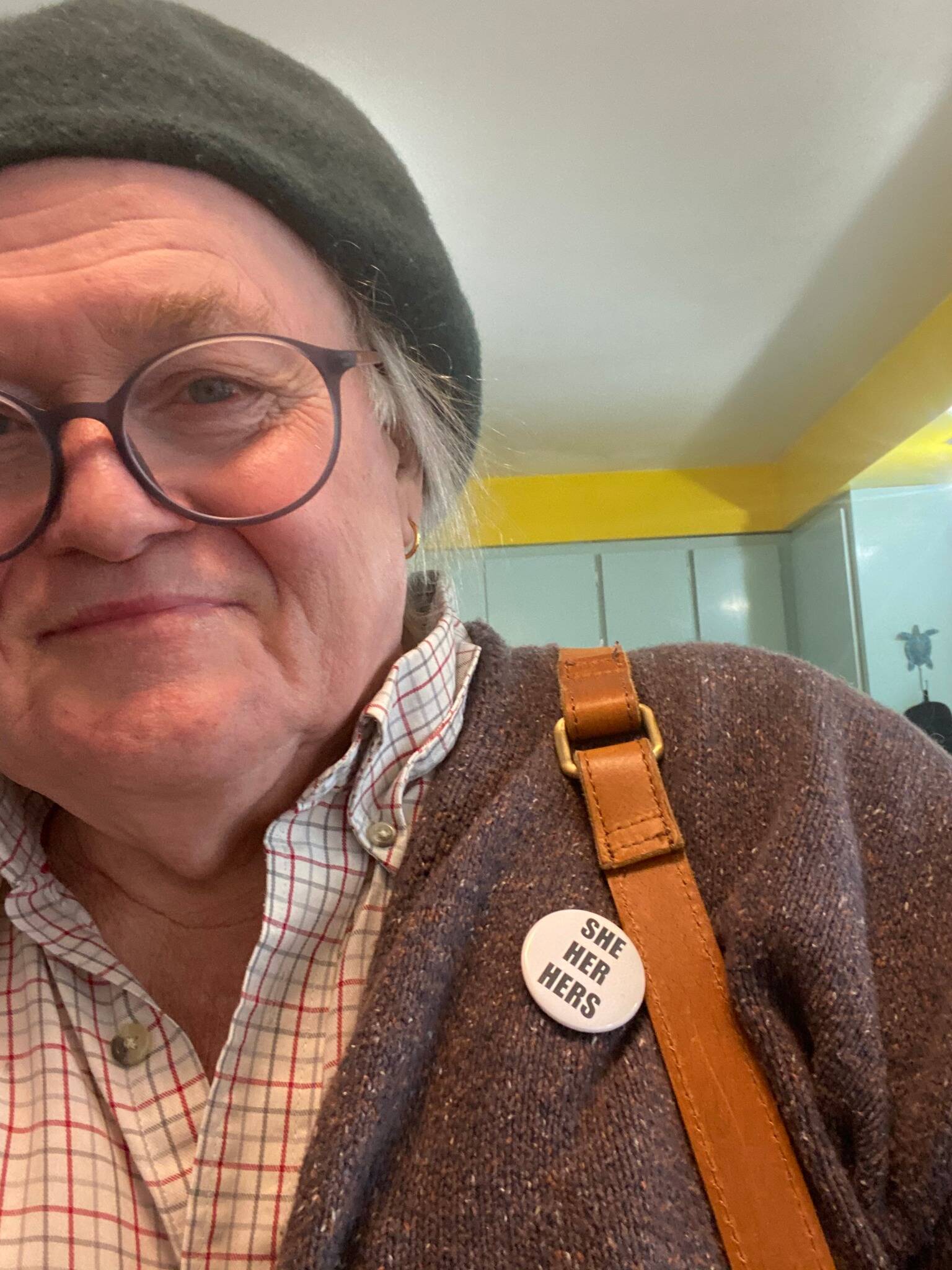The title of today’s column comes from Shakespeare’s “Hamlet.” The young prince has returned home from college for his father’s funeral and his mother Gertrude’s rather abrupt remarriage — to the guy who turns out to have murdered Hamlet’s father. This leads to Hamlet’s first soliloquy, a misogynistic rant where he blames his gloomy psychology on his mother’s gender (“Frailty, thy name is woman!”)
Gertrude has her own lapses in discernment. With Hamlet moping around the castle after his father’s death and his mother’s sudden remarriage to a sleazeball, she has to ask why he “seems” so gloomy.
Duh.
Hamlet’s lengthy reply to his mother’s question contains today’s title, but he begins by responding to her word “seems”: “Seems, madam? Nay…I know not seems.”
He then lists all the signs that he’s depressed — the black clothes, the sighs, the tears, the downcast eyes, the dejected visage, all the “shapes of grief” –and denies that any of this “can denote me truly.”
In other words, there’s nothing on the surface, nothing in my behavior — in the way I look, the way I dress, or the way I act — that can reflect what’s truly inside me. Looks and behavior, these are all “actions that a man might play” — i.e., actions that can be faked, but also imitated on a stage.
But none of it reflects who he is inside, and he concludes, “I have that within which passes show.” What’s inside me, who I really am, is something that can’t be seen.
It’s a theme the play returns to again and again, and it ushers in a revolution in the art of acting.
(I imagine Shakespeare and his friend Richard Burbage — the leading actor of the Elizabethan stage, the guy who first played Hamlet — sitting in a dark bar after hours talking excitedly about a different kind of play, a different kind of role, a whole different method of acting: how to portray emotion without actually showing it.)
(If you want to see this kind of acting at its best, watch Robert Duvall’s portrayal of Boo Radley in the last five minutes of “To Kill a Mockingbird.”) (If you want to see it at its worst, watch Mel Gibson try to play Hamlet in Franco Zeffirelli’s misguided film of Shakespeare’s play.)
Shakespeare and other late 16th-century writers (like French essayist Michel de Montaigne) are taking a new look at the self and beginning to explore personal identity not as a rhetorical construct–actions that a person might play–but as a perpetually indeterminate quantity, a mystery always in the process of discovering itself and working itself out.
(We hear this idea touched on by earlier writers. In his 4th-century masterpiece, “Confessions,” Saint Augustine twice exclaims “I have become a mystery to myself.” But it’s not until the Renaissance that we see the idea being explored at length and in depth.)
And it’s a theme that we hear frequently in contemporary conversations about gender, which have evolved in the direction first predicted almost 40 years ago by trans activist Sandy Stone in her 1987 essay “The Empire Strikes Back: A Posttranssexual Manifesto.”
Stone’s essay, occasioned by publication of a book that attacks her personally as a transgender woman, deconstructs the concept of transition itself, which, she argues, assumes a binary system and a movement from one gender to another, as if those are the only two options available.
A well-written essay despite its heavily academic diction, Stone’s “manifesto” argues that gender is instead a broad spectrum of behaviors (“performatives”) that lead not to two but to a world of different gender experiences (“a myriad of alterities”).
Stone’s work initiates the theoretical discussion that takes seriously experiences like my own where gender has long felt like an open question. Long before I even became aware there was such a thing as “Gender Theory,” I came to view my own gender as unique to myself and to think of gender in general, practically speaking, as a phenomenon as individual as personality itself.
We experience gender as any number of points and “unanticipated juxtapositions” along and amid a broad continuum of behaviors we conveniently (but reductively) identify as masculine or feminine, from ballet shoes to army boots, from Mary Janes to Xtratufs.
In Stone’s words, gender amounts to “physicalities of constantly shifting figure and ground that exceed the frame of any possible representation.”
Or as Hamlet would say, stuff that passes show, none of which can denote me truly.
• Jane Hale lives in Juneau with her partner and their two dogs.

